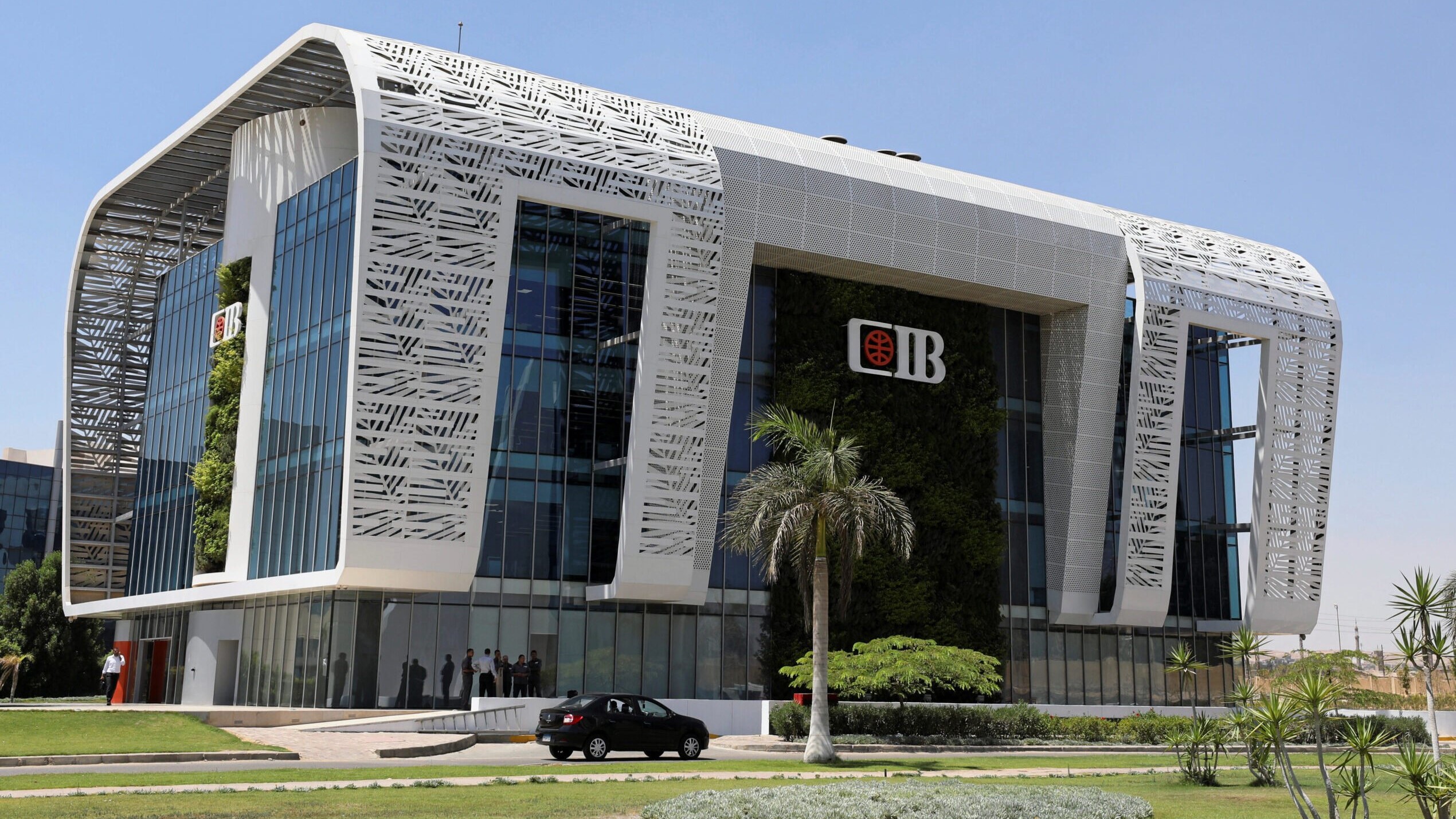Over two billion people lack safe drinking water
Rising water level is a catastrophe to megacities like Lagos due to its increasing population and dwindling availability of potable water. As its population increases and climate change shrinks freshwater stores, water scarcity takes centre stage in the state.
By 2050, some 3.5 billion to 4.4 billion people around the world will live with limited access to water, more than 1 billion of them in cities. Among 482 cities, more than a quarter will face demands that outpace supply, according to a study that analyzed water sources and demands. In general, urban growth is the main driver of cities’ future water deficits.
Global sea level has been rising over the past century, and the rate has increased in recent decades. In 2014, global sea level was 2.6 inches above the 1993 average—the highest annual average in the satellite record (1993-present). Sea level continues to rise at a rate of about one-eighth of an inch per year.
Higher sea levels mean that deadly and destructive storm surges push farther inland than they once did, which also means more frequent nuisance flooding. Disruptive and expensive, nuisance flooding is estimated to be from 300 percent to 900 percent more frequent within U.S. coastal communities than it was just 50 years ago.
With continued ocean and atmospheric warming, sea levels will likely rise for many centuries at rates higher than that of the current century. Globally, eight of the world’s 10 largest cities are near a coast, according to the UN Atlas of the Oceans.
The planet’s rotation deflects fluids in motion, causing ocean water to swirl counterclockwise in the Northern Hemisphere and clockwise in the Southern Hemisphere. As water moves around coastlines, this Coriolis Effect can cause bulges of higher water in some areas and troughs in others.
Scientists in the July 24 Proceedings of the National Academy of Sciences said, output from rivers can exacerbate this effect. As rivers flow into the ocean, the water gets pushed by the swirling currents to one side, causing water levels to rise higher there than on the side behind the current.
In urban settings, rising seas threaten infrastructure necessary for local jobs and regional industrie s. Roads, bridges, subways, water supplies, oil and gas wells, power plants, sewage treatment plants, landfills, virtually all human infrastructure, is at risk from sea level rise. As water heats up, its molecules take up more space, contributing to global sea level rise. Local weather systems can influence that effect.
According to a United Nations report, released in June, the world is not on track to meet the Sustainable Development Goal (SDG) 6 which outlines the need for available and sustainable management of water and sanitation for all by 2030. And by 2050, half the world’s population may no longer have safe water.
Freshwater is crucial for drinking, washing, growing food, producing energy and just about every other aspect of modern life. Yet more than 2 billion of earth’s 7.6 billion inhabitants lack clean drinking water at home, available on demand.
Two major factors are pushing the planet towards a thirstier future: population growth and climate change. The question now is how to balance more people against the finite amount of water available.
As greenhouse gases build up in Earth’s atmosphere, trapping heat and altering the planet’s weather and climate, water will become more precious. Rising global temperatures alter weather patterns and change how water cycles between the ground and the atmosphere. Freshwater stores can shrink.
A hydrologist and environmental scientist at the University of Kassel, Germany, Martina Flörke, said: “We can address the problem by thinking about technological solutions, but we also have to think about changing our behaviour. If we can make clear that water has value, that it’s an ecosystem service that we use and have to take care of, then we are really thinking about how to adapt.”
Short of any major but unlikely breakthroughs, such as new techniques to desalinate immense amounts of seawater, humankind will have to make do with whatever freshwater already exists.
Lagos, a resilient state and the commercial hub of Africa, with the population of over 22 million people, is unperturbed about this situation as it is continuously putting in place various strategies to tackle the challenge of water scarcity before it arises. The state has developed a Lagos Water Supply Master Plan (2010 – 2020) as a road map to tackling the challenge of water production and supply.
There is still a huge gap in supply and demand. Many houses in low income areas have wells. In middle-class and highbrow areas, every house or apartment complex has a borehole. In the Lekki axis, as in other areas of the state, every mini-estate has its water supply and distribution facility or system.
As water is closely linked to sanitation and general well-being, the state government must ensure there is a comprehensive water treatment system appropriate for the metropolis; and the long-term implications for the ecosystem must be thoroughly weighed.
SOURCE: The Guardian

Ethiopia has cleared the way for Safaricom to introduce M-Pesa in the market of 110 million people after deciding to include the ...

Egyptian largest private sector bank by assets Commercial International Bank (CIB) is seeking to acquire more banks to strengthen ...

The European Investment Bank and International Solar Alliance have published a study outlining access solutions to overcome key ...

Kenya has been ranked the top country in the world in reducing population with no access to electricity, pointing to the impact ...